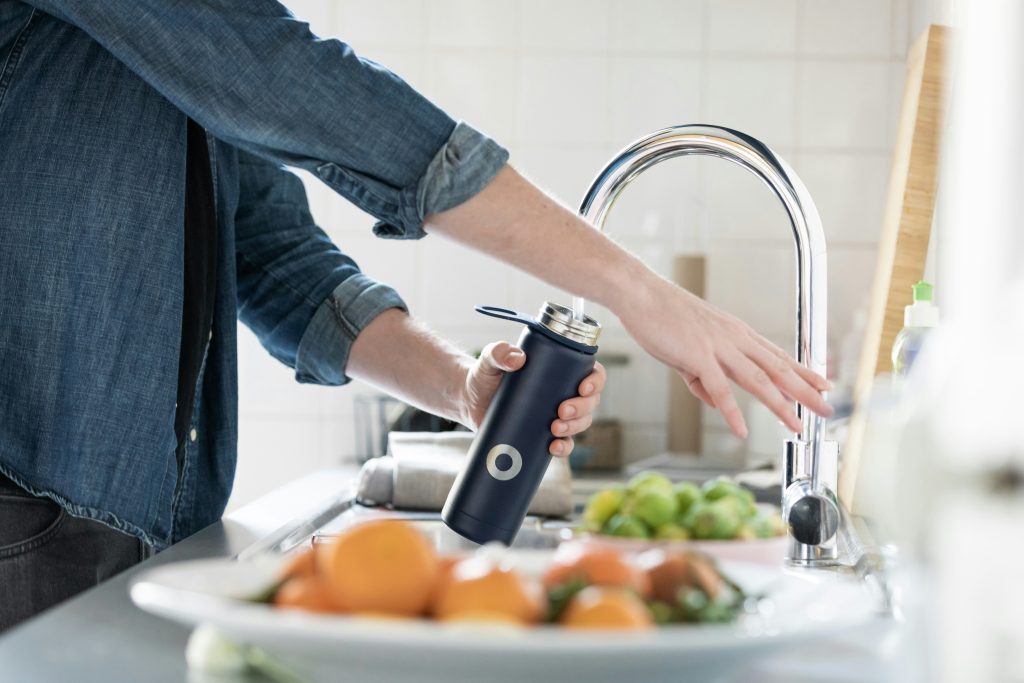
May 15, 2024 By Meteorologist Michael Page
Communities across the South Shore are reacting to new federal drinking water guidelines announced by the Environmental Protection Agency this spring.
Last month the EPA issued the new guidelines for PFAS, widely used, long lasting chemicals which break down very slowly over time.
The chemicals are frequently found in food packaging, household products, and personal care products.
Regular exposure to the chemicals has left small amounts in the blood stream of most Americans.
Research shows that extensive exposure, however, can result in serious medical issues, including cancer.
In 2020 Massachusetts issued its own guidelines, limiting the amount of PFAS allowed in public drinking water supplies.
The new federal limit is even more stringent, forcing public water systems to invest in new filtering technology.
Weir River Water System, which supplies Hingham, Hull, and Cohasset with water, easily complies with Massachusetts water quality requirements.
The state requires PFAS levels to remain below 20 parts per trillion. Weir River Water System reported 6.5 parts per trillion in the 4th quarter of 2024, the most recent data available.
For context, one part per trillion is about one drop of water in a swimming pool.
When the current levels are compared to the new water quality requirements, however, Weir River Water System comes in slightly over the limit.
For one specific compound, for example, Weir River reported a level of 4.18 parts per trillion at the end of 2023, slightly above the new EPA limit of 4.0 parts per trillion.
Water systems will have several years to comply with the new requirement, and Superintendent Russell Tierney says Weir River is already “working on having [its] plant evaluated for the ability to meet the new regulations.”
In nearby Norwell, the battle against PFAS has been more costly and time consuming.
It all started in 1993 after a serious crash on Route 3, according to Superintendent Jason Federico. First responders used fire spray to douse the fiery scene. That spray was loaded with chemicals which ran off into local waterways, contaminating wells.
The town noticed unsafe PFAS levels during the summer months, when water usage spiked due to lawn watering and pools being filled up, Federico says. This required water to be drawn deep from those contaminated wells, while during times of less water use in the winter, PFAS levels remained below the state limit.
To keep PFAS levels within regulation year round, Norwell invested nearly $2 million dollars on a new filtration system which is coming online this spring.
The improvement is being funded by ratepayers, but benefits from a zero percent loan from the federal government.
The EPA will require water systems to be in compliance with its new stricter regulations by the end of this decade, and says federal funding will be available to offset the cost of potential infrastructure upgrades.

